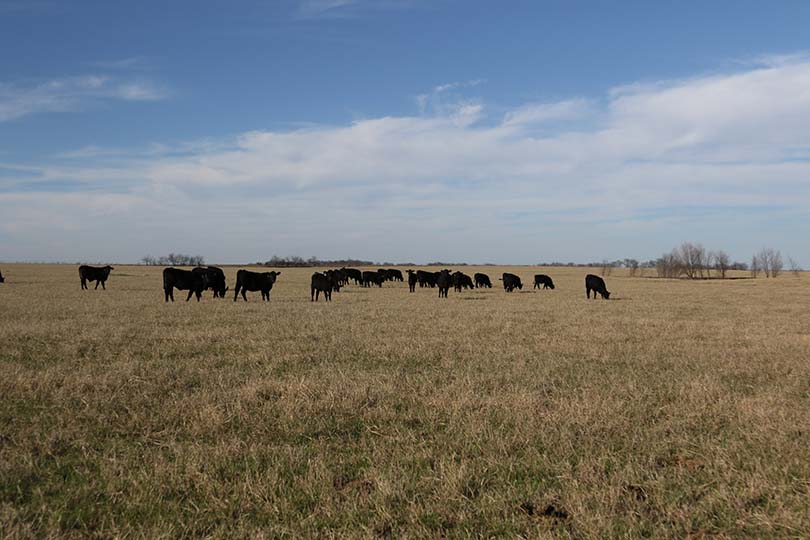Texas landowners who rely on perennial forage to feed their livestock may want to purchase Pasture, Rangeland and Forage Insurance to protect the income potential of these acres, according to a Texas A&M AgriLife Extension Service expert.
The deadline to sign up is Nov. 15.
The U.S. Department of Agriculture (USDA) Risk Management Agency offers the program and policies covering the 2018 calendar year through crop insurance agents until Nov.15, according to DeDe Jones, AgriLife Extension risk management specialist in Amarillo.
Premiums are billed on Sept. 1, 2018.
“While conventional crop insurance has been out there for many years, there’s little out there for ranchers,” Jones said. “They need to be focusing as much on risk management as a farmer. This is a relatively new program and one they might want to consider.”
Jones said landowners are not required to insure all of their acres or for the entire 12-month period.
“Instead, they can choose the acres and months most important to their grazing and/or haying operations,” she said.
Payment is not determined by individual damages, but rather area losses based on a grid system. Ranchers can select any portion of acres to insure, but they must select between 11 of the two-month intervals outlined, choosing at least two and not more than six.
Coverage levels between 70 and 90 percent are available, Jones said. Once coverage is selected, the rancher also chooses a productivity factor between 60 and 150 percent. The productivity factor is a percentage of the established county base value for forage.
The base value is a standard rate published by the Risk Management Agency for each county. It is calculated based on estimated stocking rates and current hay prices.
Jones said the program uses a rainfall index to determine potential indemnity payments.
She also said alfalfa and other irrigated hay can be insured under a Pasture, Range and Forage Insurance policy at different coverage levels and higher base values.
A decision-support tool to help ranchers determine coverage levels and intervals can be found here.
For more information about the insurance and how it fits into a risk management plan, contact Jones at 806-677-5600 or dljones@ag.tamu.edu.

